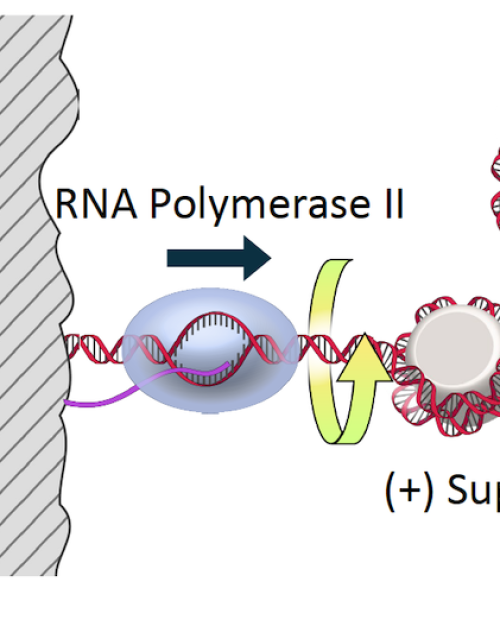Diseases like cancer, diabetes, neurodegeneration, and heart disease all have one trait in common: the number one risk factor is age. For the past two decades, scientists have been making strides in understanding the underlying biology of aging, in the hopes of lowering disease risk and improving quality of life for older people.
Most famously, a researcher named Cynthia Kenyon in 1993 found that manipulating a single gene in the Caenorhabditis elegans worm could double its lifetime. As a postdoctorate, Sylvia Lee, Molecular Biology and Genetics, was struck by the dramatic results.
“I became interested in aging research because of its fascinating biology and the implication that we can tackle multiple age-dependent diseases by focusing at a common cause. But I was drawn in by a lot of the first exciting data that came out,” says Lee. “Aging is so complex, yet it was amazing to think that you could simply manipulate a single gene and have such a drastic effect.”
Read the entire story on the Cornell Research website.




